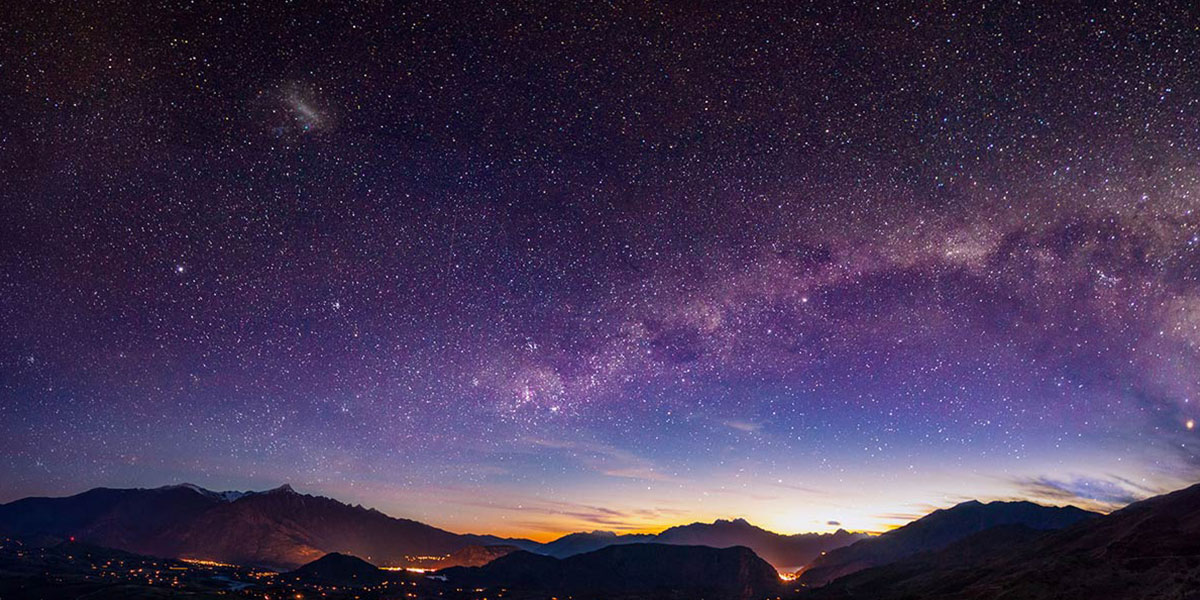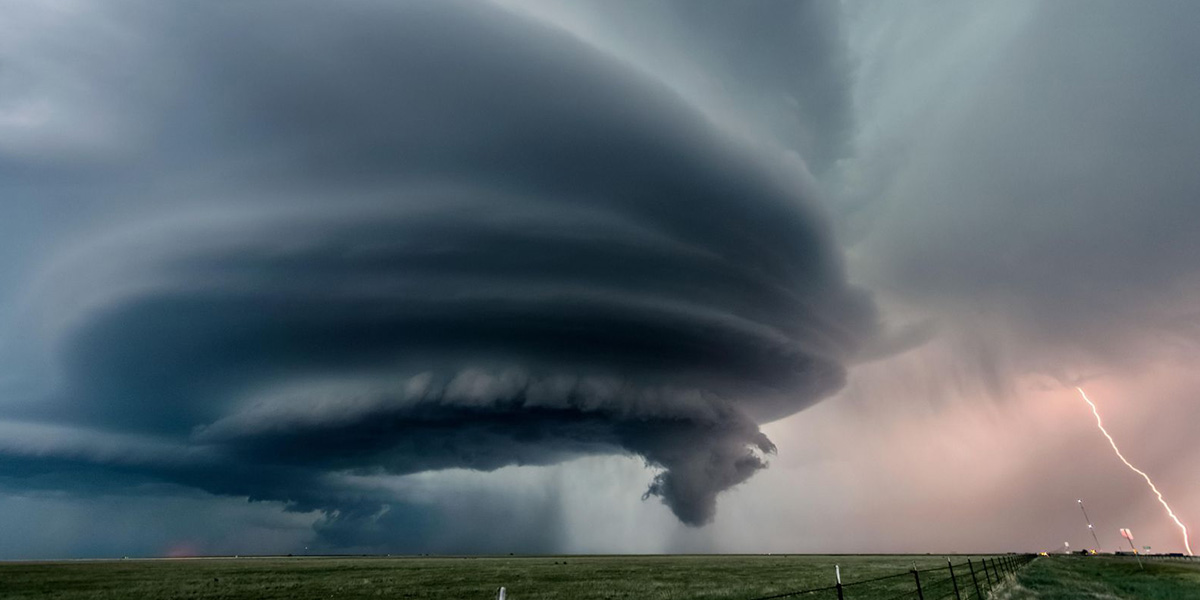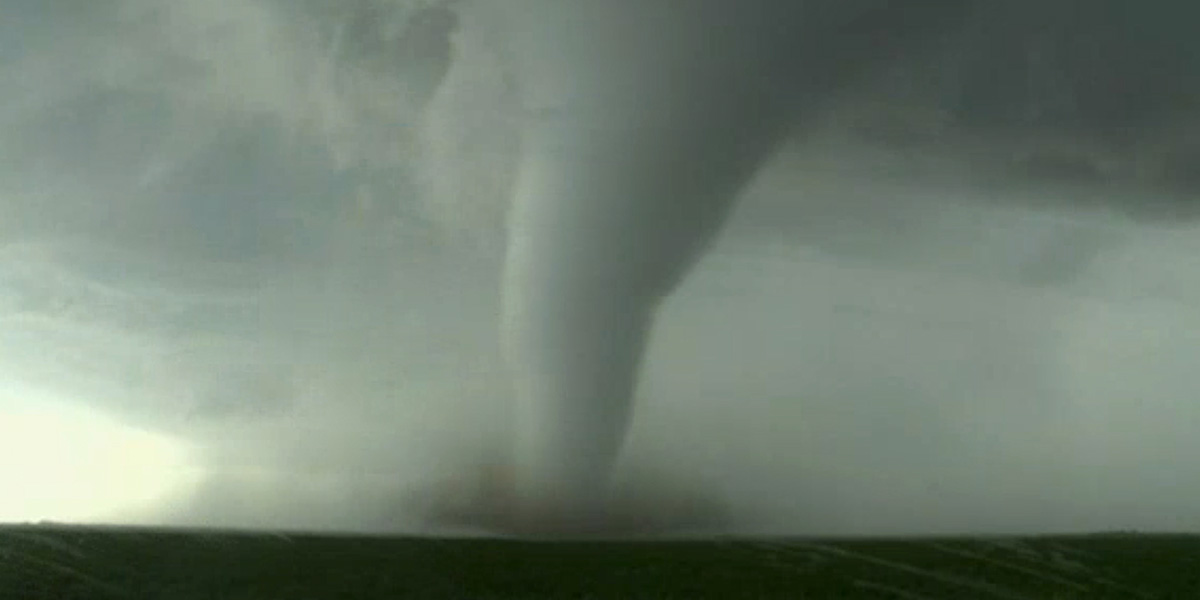
Catholic Church Contribution in Astronomy and Science in the 16 Century and beyond
Giovanni Battista Riccioli
Giovanni Battista Riccioli (17 April 1598 – 25 June 1671) was an Italian astronomer and a Catholic priest in the Jesuit order. He is known, among other things, for his experiments with pendulums and with falling bodies, for his discussion of 126 arguments concerning the motion of the Earth, and for introducing the current scheme of lunar nomenclature.
17th Century Jesuit Astronomers:
1) Matteo Ricci (1552–1610), Italian mathematician, translator, and noted for his importance to the Jesuit China missions.
2) Christopher Clavius (1538–1612), German mathematician and astronomer, most noted in connection with the Gregorian calendar, but also his arithmetic books were used by many mathematicians including Leibniz and Descartes.
3) François d’Aguilon (1567-1617), Belgian mathematician and physicist who worked on optics.
4) Giuseppe Biancani (1566-1624), Italian astronomer and selenographer who wrote Sphaera mundi, seu cosmographia demonstrativa, ac facili methodo tradita.
5) Wenceslas Pantaleon Kirwitzer (1588-1626), Czech astronomer and missionary to China.
6) Charles Malapert (1581-1630), Belgian astronomer known for observing the stars of the southern sky and being against Copernicus.
7) Christoforo Borri (1583–1632), Italian mathematician and astronomy who made observations on the magnetic variation of the compass.
8) Christoph Grienberger (1561-1636), Austrian astronomer and mathematician.
9) Giovanni Battista Zupi (c.1590-1650), Italian astronomer who discovered that Mercury had orbital phases.
10) Alexius Sylvius Polonus (1593-c.1653), Polish astronomer.
11) Johann Baptist Cysat (1587-1657), Swiss mathematician and astronomer, who did important research on comets and the Orion nebula.
12) Mario Bettinus (1582-1657), Italian mathematician and astronomer.
13) André Tacquet (1612-1660), Flemish mathematician whose work prepared the ground for the eventual discovery of calculus.
14) Francesco Maria Grimaldi 1618-1663), Italian physicist, who coined the word ‘diffraction’ and used instruments to measure geological features on the Moon.
15) Niccolo Zucchi (1586-1670), Italian astronomer known for his study of Jupiter and work on telescope design.
16) Giovanni Battista Riccioli (1598-1671), Italian astronomer who was the first to note that Mizar was a “double star.”
17) Albert Curtz (1600-1671), German astronomer.
18) Jacques de Billy (1602-1679), French mathematician who wrote on number theory and astronomy.
19) Athanasius Kircher (1601-1680), German who in his Scrutinium Pestis of 1658 he noted the presence of “little worms” or “animalcules” in the blood, and concluded that the disease was caused by micro-organisms. This is antecedent to germ theory.
Rene Descartes
Rene Descartes laid the foundation for 17th-century continental rationalism, later advocated by Baruch Spinoza and Gottfried Leibniz, and opposed by the empiricist school of thought consisting of Hobbes, Locke, Berkeley, and Hume. Leibniz, Spinoza and Descartes were all well versed in mathematics as well as philosophy, and Descartes and Leibniz contributed greatly to science as well.
In 1607, late because of his fragile health, he entered the Jesuit Collège Royal Henry-Le-Grand at La Flèche where he was introduced to mathematics and physics, including Galileo’s work.
Jean- Fran Fouquet
Jean- Fran Fouquet was born in Vézelay in a wealthy family. He studied at Lycée Louis le Grand in Paris. In 1681 he entered the order of the Jesuits. Four years later he taught mathematics. In 1693 he became a priest and in the following year he decided he wanted to volunteer in Asia. In 1699 he arrived in Amoy. Until 1711 he worked in Fujian and Jiangxi, then he was invited to Peking, to teach math and astronomy.
Jean-Félix Picard
Jean-Félix Picard (21 July 1620 – 12 July 1682) was a French astronomer and priest born in La Flèche, where he studied at the Jesuit Collège Royal Henry-Le-Grand. . He was the first person to measure the size of the Earth to a reasonable degree of accuracy in a survey conducted in 1669–70, for which he is honored with a pyramid at Juvisy-sur-Orge.
While the Kirch Comet of 1680–1681 was discovered by—and subsequently named for—Gottfried Kirch, credit must also be given to Eusebio Kino, the Spanish Jesuit priest who charted the comet’s course.
Jesuit Astronomers with Chinese Scholars in the 18th Century
The Jesuit China missions of the 16th and 17th centuries introduced Western science and astronomy, then undergoing its own revolution, to China. One modern historian writes that in late Ming courts, the Jesuits were “regarded as impressive especially for their knowledge of astronomy, calendar-making, mathematics, hydraulics, and geography.”
The Society of Jesus introduced, according to Thomas Woods, “a substantial body of scientific knowledge and a vast array of mental tools for understanding the physical universe, including the Euclidean geometry that made planetary motion comprehensible.” Another expert quoted by Woods said the scientific revolution brought by the Jesuits coincided with a time when science was at a very low level in China.
On 8 June 1723, Fouquet was received by Pope Innocent XIII. Fouquet met another Chinese in Rome, who offered him help with translating. In 1725 he was appointed as bishop of Eleutheropolis in Palestine.
Johannes Kepler
Johannes Kepler December 27, 1571 – November 15, 1630) was a German mathematician, astronomer, and astrologer. A key figure in the 17th century scientific revolution, he is best known for his laws of planetary motion, based on his works Astronomia nova, Harmonices Mundi, and Epitome of Copernican Astronomy. These works also provided one of the foundations for Isaac Newton‘s theory of universal gravitation.
During his career, Kepler was a mathematics teacher at a seminary school in Graz, Austria
Johannes Kepler
Modern refracting telescopes are based on a design proposed by Johannes Kepler in 1611 but first constructed by Father Christopher Scheiner some time between 1613 and 1617 (see Timeline of the Telescope).
Why did Scheiner build an astronomical telescope when other scientists of his day seemed quite content with the Galilean telescope? The answer may require looking past Scheiner to his order, the Jesuits. Scheiner’s unorthodoxy regarding telescope construction, use and theory was not out of place in the Jesuits. Another Jesuit of Scheiner’s and Galileo’s time, Niccolo Zucchi, demonstrated that a telescopic effect could be achieved using a combination of parabolic mirrors and lenses instead of just lenses. This crude reflecting telescope was built more than 50 years before Newton’s famous telescope.
The Jesuits also have a connection with the spread of telescope technology beyond Europe. The first telescope in North America was a gift presented by the Jesuits in 1646 to Jean Bourdon, an engineer in New France (modern day Quebec) The first telescope in China was brought there by Johannes Schreck, another Jesuit, in 1621 (his trip from Europe started in 1618). The Jesuit Jean Richaud is wrongly thought to be the first to use telescopes for astronomical purposes in India.
The Vatican’s latest….The L.U.C.I.F.E.R. Telescope
“Along with the rest of the world I was convinced that all the colors are contained in the light; no one had ever told me anything different, and I had never found the least cause to doubt it, because I had no further interest in the subject…But how I was astonished, as I looked at a white wall through the prism, that it stayed white! That only where it came upon some darkened area, it showed some color, then at last, around the window sill all the colors shone… It didn’t take long before I knew here was something significant about color to be brought forth, and I spoke as through an instinct out loud, that the Newtonian teachings were false.” ~ Johannes Wolfgang Goethe (Source)
Roger Joseph Boscovich
Roger Joseph Boscovich 18 May 1711 – 13 February 1787) was a Ragusan physicist, astronomer, mathematician, philosopher, diplomat, poet, theologian, Jesuit priest, and a polymath from the city of Dubrovnik in the Republic of Ragusa (modern-day Croatia), who studied and lived in Italy and France where he also published many of his works.
In 1744 he was ordained to the Roman Catholic priesthood
He produced a precursor of atomic theory and made many contributions to astronomy, including the first geometric procedure for determining the equator of a rotating planet from three observations of a surface feature and for computing the orbit of a planet from three observations of its position. In 1753 he also discovered the absence of atmosphere on the Moon.
Other Jesuit Astronomers of the 1700’s
20) Valentin Stansel (1621 – 1705), Czech astronomer in Brazil, who discovered a comet, that after accurate positions were made via F. de Gottignies in Goa, became known as Estancel-Gottignies comet.
21) Paolo Casati (1617-1707), Italian scientist, notable in meteorology and speculation on Vacuums.
22) Franz Reinzer (1661-1708), Austrian writer who wrote about comets, meteors, lightning, winds, fossils, metals, etc.
23) Eusebio Kino (1645 – 1711) Trentino missionary, mathematician, cartographer and astronomer who drew maps based on his explorations first showing that California was not an island as then believed and who published an astronomical treatise in Mexico City based on his observations of the Kirsch Comet.
24) Giuseppe Asclepi (1706-1776), Italian astronomer.
25) Christian Mayer (1719-1783), Czech astronomer known for his pioneering study of binary stars.
26) Roger Joseph Boscovich (1711–1787), an Ragusan Polymath famous for his atomic theory in part. Also for devising perhaps the first geometric procedure for determining the equator of a rotating planet from three observations of a surface feature and for computing the orbit of a planet from three observations of its position.
27) Joao de Loureiro (1717–1791), Portuguese mathematician and botanist active in Cochinchina.
28) Maximilian Hell (1720-1792), Hungarian director of the Vienna Observatory who wrote astronomy tables and observed the Transit of Venus.
29) Ignacije Szentmartony (1718-1793), Croatian who ‘obtained the title of royal mathematician and astronomer’ and used his astronomical knowledge in mapping parts of Brazil.
Someday someone will write a pathology of experimental physics and bring to light all those swindles which subvert our reason, beguile our judgement and, what is worse, stand in the way of any practical progress. The phenomena must be freed once and for all from their grim torture chamber of empiricism, mechanism, and dogmatism; they must be brought before the jury of man’s common sense.— Johann Wolfgang von Goethe
1800’s
The 1822 Treaty of Verona
(between Austria, France, Prussia and Russia) the Jesuits agreed to smash the US Constitution and suppress the freedom of the US. Their methods included destroying free speech, destroying and suppressing the press, universal censorship, sustaining the cooperation of the Pope and clergy to use religion to help keep nations in passive obedience and financing wars against countries with representative governments.
The monarchs who signed this treaty were ultimately deposed. Most of these families are very wealthy and may be more powerful today than when they sat upon thrones. They are known collectively as the Black Nobility. Privately these families refuse to recognize any right to rule except their own. The fact that this treaty was made long ago does not mean it is void. The treaty was placed in the Congressional Record on April 25, 1916 by Senator Owen.(source)
The Monroe Doctrine
The Monroe Doctrine was a U.S. foreign policy regarding domination of the American continent in 1823.
The threat under the secret treaty of Verona to suppress popular governments in the American Republics is the basis of the Monroe doctrine. This secret treaty sets forth clearly the conflict between monarchial government and popular government and the government of the few as against the government of the many.
The Holy Alliance made its powers felt by the wholesale drastic suppression of the press in Europe, by universal censorship, by killing free speech and all ideas of popular rights, and by the complete suppression of popular government.
The Holy Alliance having destroyed popular government in Spain and in Italy, had well-laid plans also to destroy popular government in the American colonies which had revolted from Spain and Portugal in Central and South America under the influence of the successful example of the United States.
It was because of this conspiracy against the American Republics by the European monarchies that the great English statesman, Canning, called the attention of our government to it, and our statesmen then, including Thomas Jefferson, took an active part to bring about the declaration by President Monroe in his next annual message to the Congress of the United States that the United States should regard it as an act of hostility to the government of the United States and an unfriendly act if this coalition or if any power of Europe ever undertook to establish upon the American Continent any control of any American Republic or to acquire any territorial rights. This is the so-called Monroe doctrine.
Fr. Secchi
Fr. Secchi was born in Reggio Emilia, where he studied at the Jesuit gymnasium. At the age of 16, he entered the Jesuit Order in Rome. He continued his studies at the Roman College, and demonstrated great scientific ability. In 1839, he was appointed tutor of mathematics and physics at the College. In 1841, he became Professor of Physics at the Jesuit College in Loreto. In 1844, he began theological studies in Rome, and was ordained a priest on 12 September 1847. In 1848, due to the Roman Revolution, the Jesuits had to leave Rome.
Fr. Secchi spent the next two years in the United Kingdom at Stonyhurst College, and the United States, where he taught for a time at Georgetown University in Washington, DC. He also took his doctoral examination in theology there.
Sidebar: Vastly Changing Distances to the Sun or How Wrong They’ve Been.
Nicolas Copernicus estimated - 3 million miles away.
Johannes Kepler estimated - 12 mill miles away.
Isaac Newton, “it matters not if its 24 or 56 mill. miles away, science will find the answer.” Current Distance Story - 93 million miles away.
Royal Astronomical Society
The Royal Astronomical Society (RAS) is a learned society that began as the Astronomical Society of London in 1820 to support astronomical research (mainly carried on at the time by ‘gentleman astronomers‘ rather than professionals). It became the Royal Astronomical Society in 1831 on receiving its Royal Charter from William IV.
India gets Astronomy with help of Jesuits
G.V.Juggarow Observatory, established in 1840, was the earliest private modern Indian as-tronomical observatory that functioned till the turn of the twentieth century. Jesuit priest-astronomers were the real initiators of telescopic astronomy in India, particularly FatherJ.Richaud who carried out systematic observations of binary stars, comets, zodiacal light,dark clouds etc. at Pondicherry from 1689 (Rao et al 1984). source
Other 19th Century Jesuit Astronomers
Franz de Paula Triesnecker (1745-1817), Austrian astronomer.
Angelo Secchi (1818-1878), Italian astronomer who discovered the existence of solar spicules and drew an early map of Mars.
Benito Viñes (1837-1893), Spanish scientist who led the Bethlehem College Observatory in Havana and was known as “Father Hurricane” because of his research on hurricanes.
The “consensus” that Catholic faith is somehow opposed to science, and has stifled and restrained it, is a long-held bias based on prejudice and not evidence. At times in the history of science and faith, the truth has been just the other way around.
Big Bang Creationist: FATHER GEORGES LEMAITRE SCHOOLS EINSTEIN
” It was about the Belgian Jesuit priest, mathematician and physicist, Father Georges Lemaitre, originator of the Big Bang theory and the man who changed the mind of Albert Einstein on the true origin of the created Universe.
“The term “big bang” was coined by a bitter opponent of the theory: the English astronomer and physicist Fred Hoyle. In 1950, Hoyle gave a series of Saturday night radio talks for the BBC on “The Nature of the Universe.” Detesting the notion that the universe had a beginning, he held a different theory, according to which the universe is eternal. In his concluding talk, Hoyle, striving for a visual image of the theory he opposed, called it “this big bang idea.” The name gradually stuck, without any of the pejorative overtones Hoyle may have intended.” (Source)
At the very end of that post, there is a photograph of Father Lemaitre with Albert Einstein who once told Father Lemaitre in response to his theory about the Big Bang, “Your math is perfect, but your physics is abominable.”
Six years later, in 1933, Einstein declared that his own “Cosmological Constant” – his theory that the Universe always existed – was his greatest error, and he called Father Lemaitre’s work “the most beautiful and satisfactory explanation of creation I have ever heard.” For Einstein to use the “C” word – Creation – was a pivotal moment in modern science.
In 1941, he was elected member of the Royal Academy of Sciences and Arts of Belgium, and he received the very first Eddington Medal awarded by the Royal Astronomical Society in 1953.
The story of Fr. Lemaitre’s role in modern cosmology was often stifled by science because he was a Catholic priest.
In January 1933, Lemaître and Einstein, who had met on several occasions—in 1927 in Brussels, at the time of a Solvay Conference, in 1932 in Belgium, at the time of a cycle of conferences in Brussels and lastly in 1935 at Princeton—traveled together to the U.S. state of California for a series of seminars.
The Michelson-Morley Experiment was the reason for the creation of Albert Einstein!!
Beginning in 1887, U.S. scientist Albert Abraham Michelson began to do experiments to try and detect the motion of the earth around the sun by using the speed of light as a barometer. This experiment was called the Michelson-Morley experiment and was famous for one thing: ALL THE RESULTS WERE NEGATIVE.
By 1900, the proof of the non-motion of the earth did not cause Michelson to get on his knees and acknowledge that the Bible was correct after all. Had he and the “scientific” community done so, the whole evolutionary house of sand would have come crashing down. That is the last thing that the Jesuits wanted. Their answer was to use Albert Einstein to invent a completely new theory of the universe called RELATIVITY. So now the scene shifts from the U.S. to Switzerland and an obscure clerk in the Swiss Patent Office named Albert Einstein.

